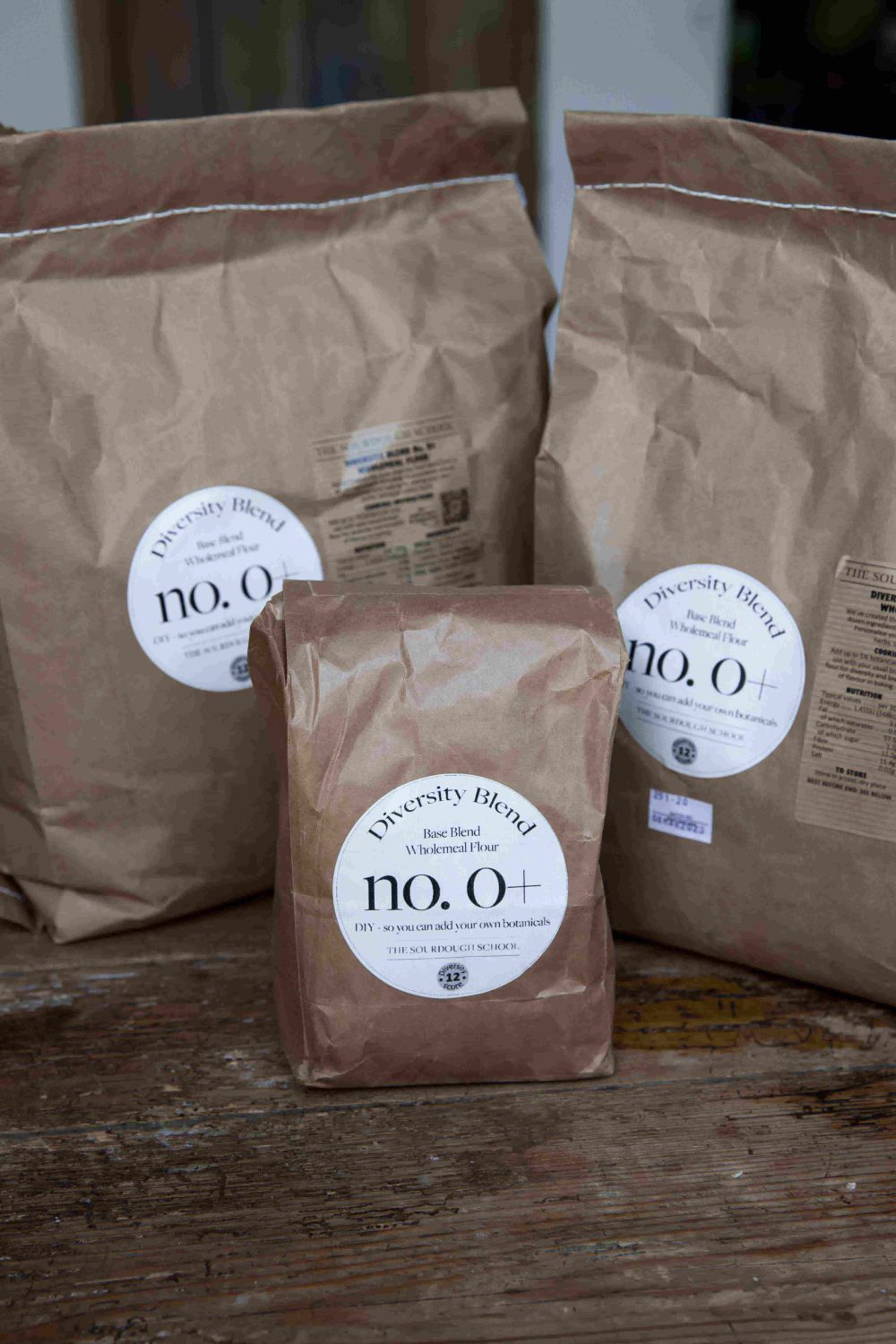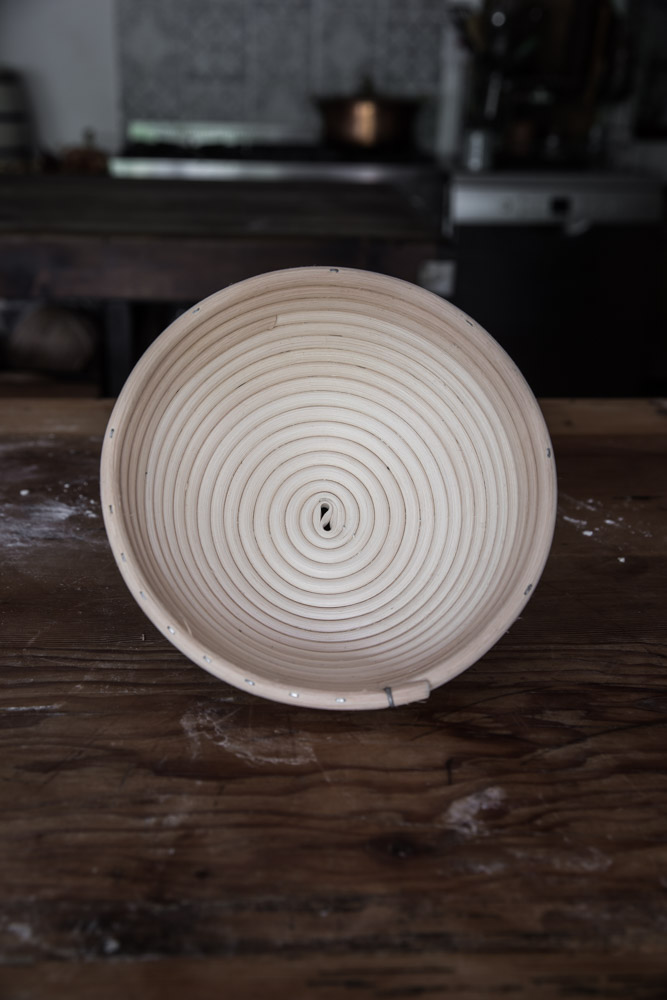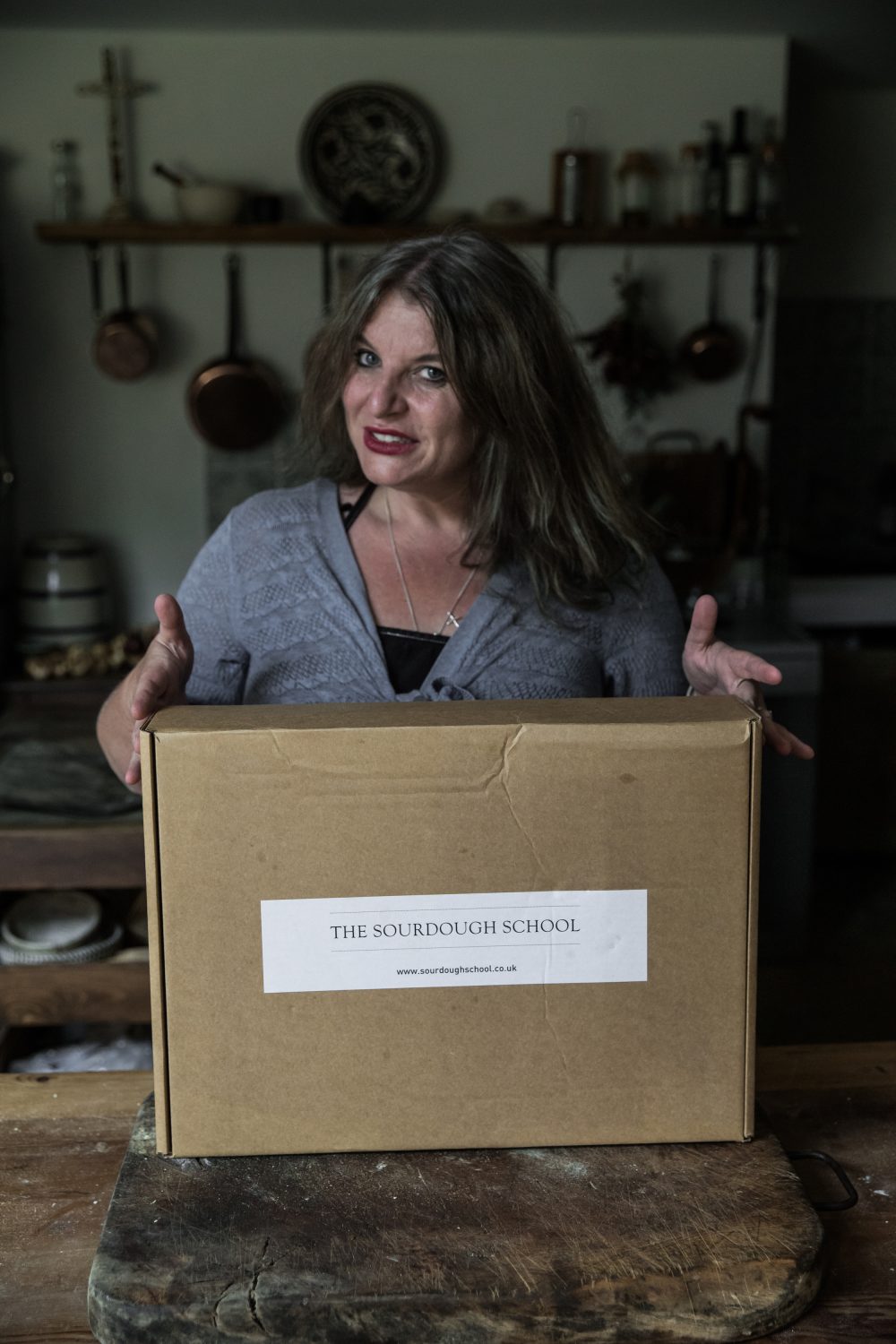A banneton is a proofing basket used to support the dough during its final rise. It helps shape the loaf, allowing it to rise upwards rather than spread outwards. This is especially helpful for high-hydration doughs, which benefit from the support of the basket’s structure.
Traditionally made from rattan or coiled cane, bannetons allow air to circulate around the dough as it ferments. This results in a slightly drier skin on the dough, which improves oven spring and helps achieve a crisp crust. The spiral pattern often left on the dough’s surface is a hallmark of rustic, artisan sourdough.
Why Banneton Use Improves Sourdough Bread
Using a banneton creates the conditions for better fermentation and more consistent bread structure. It helps to:
- Maintain shape and support during final proofing
- Allow better airflow, leading to a crisp crust
- Prevent over-proofing by providing visual cues on dough rise
- Create an iconic visual style in the finished loaf
At The Sourdough School, bannetons are a vital tool we introduce in our practical workshops, including our 3-Day Introduction to Sourdough workshop. Working with our freshly milled botanical blend flours, students learn how hydration levels affect dough handling and how bannetons support gentle proofing.
Our starter kits often include bannetons as an essential tool for home bakers who want to perfect their craft. Alongside detailed guidance, these kits provide everything needed to develop strong gluten and flavour through slow fermentation.
Learning to use bannetons effectively complements the broader knowledge of sourdough fermentation and baking techniques that we offer through our courses and community memberships.
How to Use a Banneton
- Lightly flour the inside of the basket. Rice flour is highly recommended to prevent sticking.
- Shape your dough and place it seam-side up in the banneton.
- Cover the basket and allow the dough to rise, either at room temperature or during cold fermentation.
- When ready to bake, gently tip the dough out, score it, and load it into your oven.
You can also watch our demonstrations inside our Club Membership, where we show how to integrate bannetons into your baking routine.
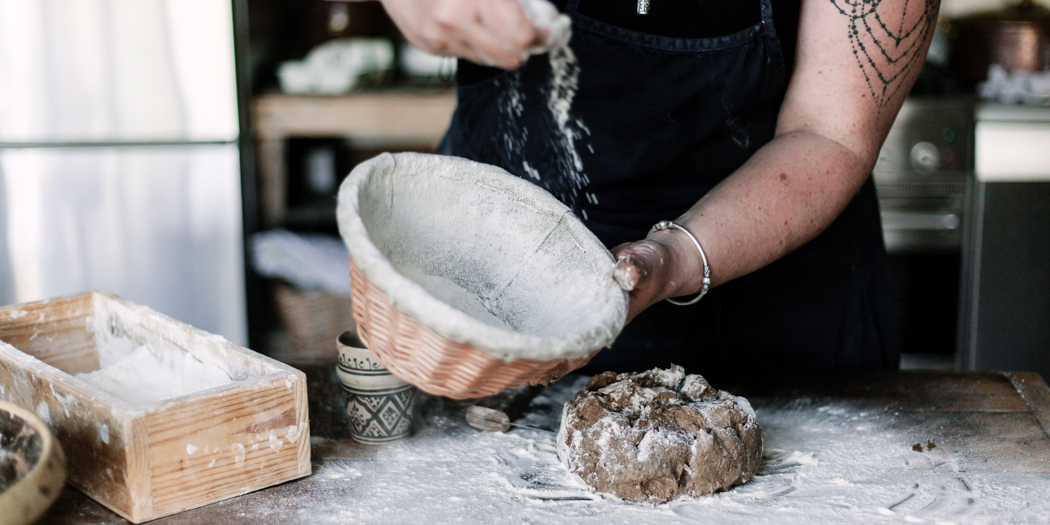
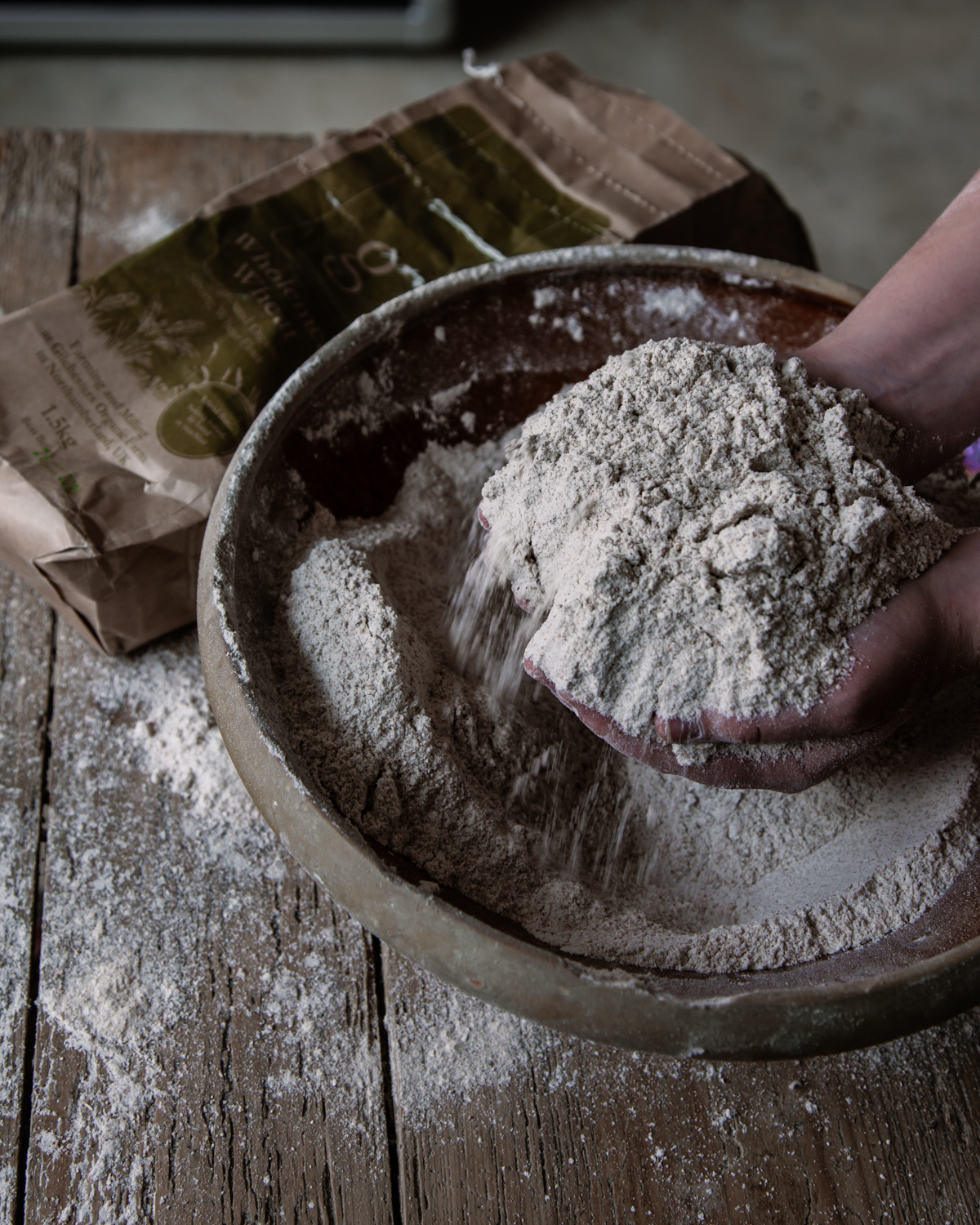 Baker’s percentage/ Baker’s math
Baker’s percentage/ Baker’s math
